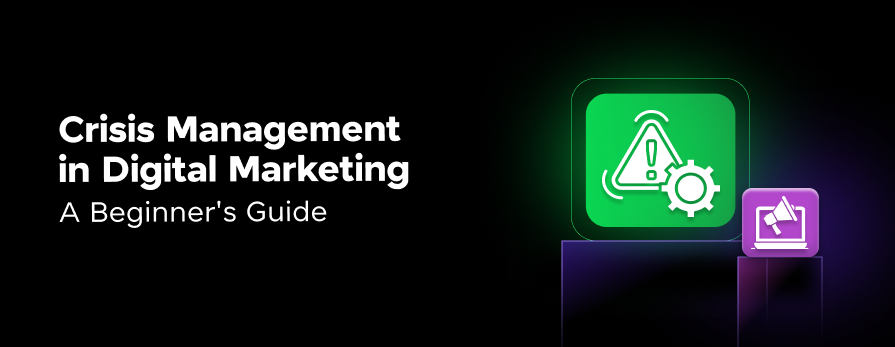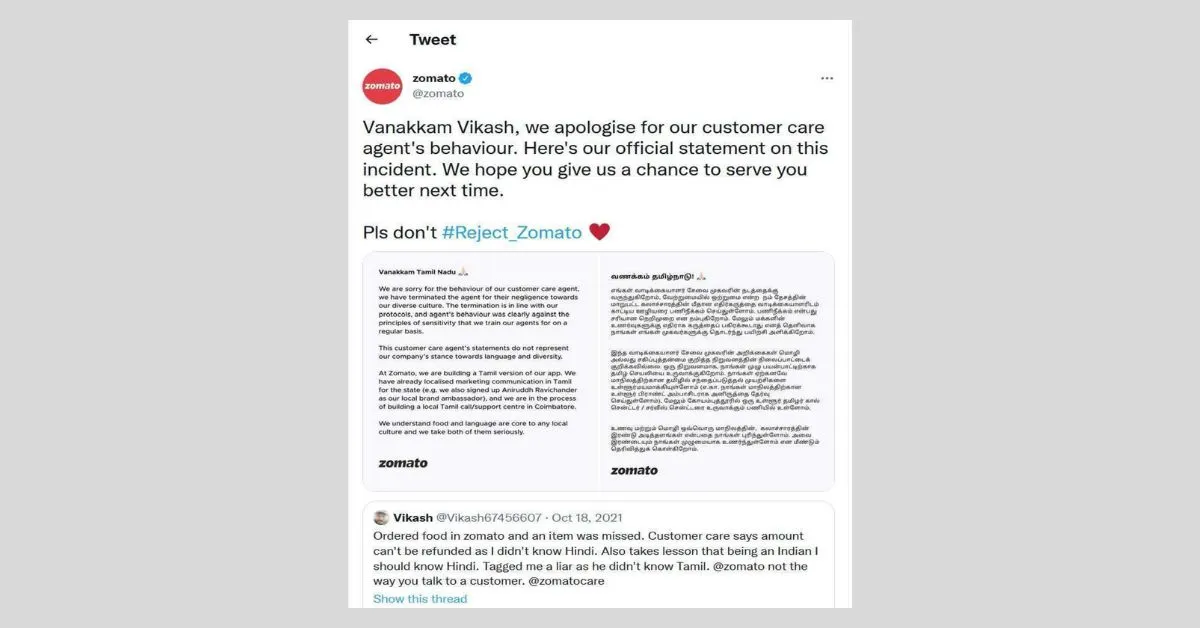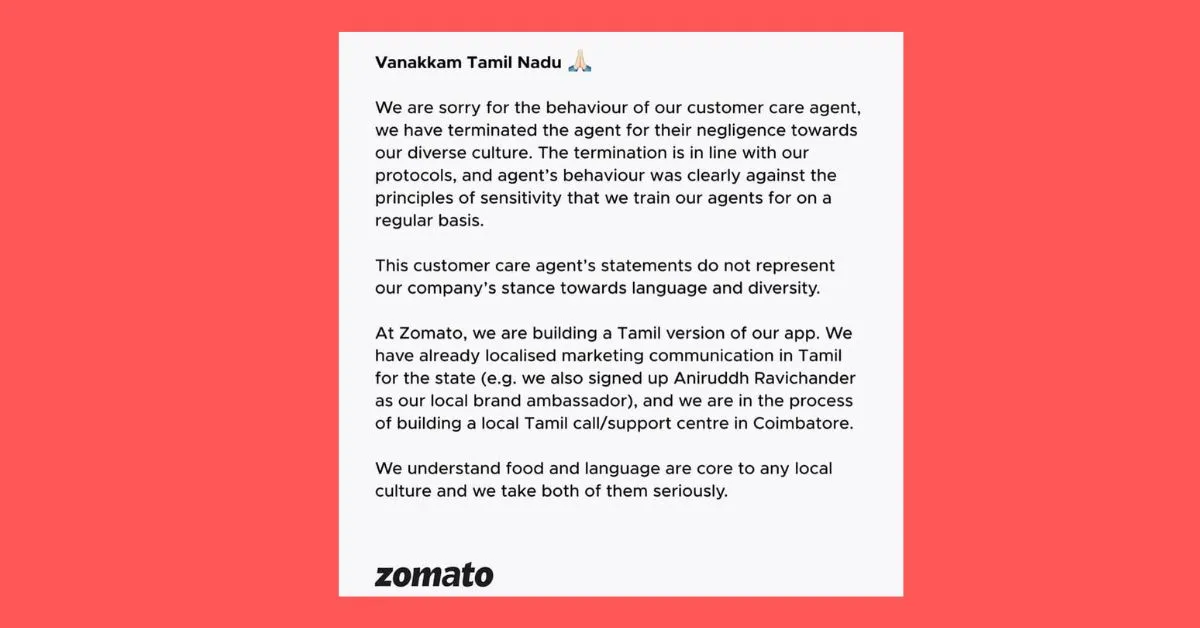
Crisis Management in Digital Marketing | A Beginner’s guide
Mar 13, 2025 5 Min Read 3862 Views
(Last Updated)
How does your business handle negativity in the digital space? Do you have an effective strategy in place?
In the fast-paced world of digital marketing, maintaining a positive brand image is important. Yet, despite the best efforts, crises can strike unexpectedly, threatening to tarnish a brand’s reputation. Whether faced with a negative review going viral, a social media blunder, or a product recall, the way a brand manages negative publicity can make or break its success.
For beginners in digital marketing, understanding the principles of effective crisis management is crucial. This guide aims to provide you with the knowledge and tools to navigate digital marketing crises with confidence, turning potential disasters into opportunities for growth and improvement.
Table of contents
- Understanding Crisis Management in Digital Marketing
- Common Types of Crises in Digital Marketing
- Negative Reviews
- Social Media Blunders
- Product Recalls
- Data Breaches
- Preparing for a Crisis
- Building a Crisis Management Plan
- Identifying Potential Risks
- Setting Up a Crisis Response Team
- Creating a Communication Strategy
- How to Monitor and Identify Crises?
- Using Social Listening Tools
- Tracking Brand Mentions and Sentiment
- Recognizing Early Warning Signs
- Responding to a Crisis
- Steps to Take in the First 24 Hours
- Crafting an Effective Response Message
- Apologizing and Taking Responsibility
- Engaging with Your Audience
- How to Handle Negative Publicity on Social Media?
- Managing Comments and Reviews
- Leveraging Influencers and Brand Advocates
- How to Recover from a Crisis?
- Wrapping up
- FAQs
- What is crisis management in digital marketing?
- What are the 4Ps of crisis management?
- How can negative publicity on social media be handled effectively?
Understanding Crisis Management in Digital Marketing
Crisis management in digital marketing is a strategic process that involves the identification, preparation, and response to unexpected events or situations that can negatively impact a brand’s reputation. These crises can arise from various sources and escalate quickly in the digital landscape, where information spreads rapidly. The primary objective of crisis management in digital marketing is to minimize damage, preserve customer trust, and restore normal operations as swiftly as possible.

Effective crisis management is crucial because a poorly handled crisis can lead to long-term damage to a brand’s reputation, loss of customer loyalty, and significant financial losses. In contrast, a well-managed crisis can enhance a brand’s reputation by demonstrating transparency, accountability, and a commitment to customer satisfaction. By being prepared and responding appropriately, brands can turn potential disasters into opportunities for growth and improvement.
Before we move to the next part, Improve your knowledge of business analytics concepts. You can consider enrolling yourself in GUVI’s Business Analytics and Digital Marketing Course, which lets you gain practical experience by developing real-world projects and covering technologies including Power BI, Excel, SQL, Tableau, Data Visualization, etc.
Additionally, if you would like to explore Marketing Research Techniques through a Self-paced course, try GUVI’s Marketing Research Techniques certification course.
Common Types of Crises in Digital Marketing
By knowing the common types of crises, brands can better prepare for potential challenges and develop strategies to respond effectively, ensuring they can maintain customer trust and protect their reputation even in the face of adversity. Here are a few common mishaps that might come your way on the digital marketing grounds.
Negative Reviews
Negative reviews are unfavorable customer feedback shared on platforms like Google, Platforms like Trust Pilot, or social media. These reviews can gain traction quickly, especially if they highlight serious issues such as poor customer service, defective products, or unethical practices.

Viral negative reviews can damage a brand’s reputation, deter potential customers, and decrease sales. They often prompt other dissatisfied customers to share their experiences, amplifying the negative impact.
Let’s say a restaurant receives a viral negative review about food poisoning. This might lead to a significant drop in customers and damage to the reputation of the brand.
Social Media Blunders
Social media blunders occur when a brand makes mistakes on social platforms that attract negative attention. This can include inappropriate posts, insensitive comments, or errors in judgment that offend or upset the audience.
These blunders can go viral, leading to widespread criticism and backlash. They can also damage the brand’s image and credibility, resulting in a loss of followers and customers.
Must Explore Your Go-to Social Media Marketing Strategy for Every Major Social Media Channel
Product Recalls
Product recalls happen when issues with products require public acknowledgment and action, such as withdrawing the product from the market and offering replacements or refunds. Recalls can be due to safety concerns, defects, or other significant issues.
Product recalls can harm customer trust and loyalty, lead to negative media coverage, and incur substantial financial costs. They also necessitate transparent and effective communication to manage customer concerns.
For instance, a smartphone brand recalls a smartphone model due to a battery defect that poses a fire hazard, leading to negative publicity and financial losses.
Data Breaches
Data breaches involve unauthorized access to customer data, such as personal information, payment details, or sensitive communications. Breaches can occur due to cyberattacks, employee negligence, or inadequate security measures.
Data breaches can result in significant harm to a brand’s reputation, legal consequences, and financial losses. They also erode customer trust and can lead to increased scrutiny from regulators and the public.
Example: An online retailer might suffer from a data breach, if there is an exposure of thousands of customer credit card details. This will lead to a loss of customer confidence and potential legal actions.
You might Like: Top 10 E-commerce Marketing Strategies
Preparing for a Crisis
Here are the steps involved in how to prepare your business for a crisis:
Building a Crisis Management Plan
A well-structured crisis management plan outlines the steps to take when a crisis occurs. It includes clear roles and responsibilities, communication strategies, and predefined responses to various scenarios.
Identifying Potential Risks
Regularly assess your brand’s vulnerabilities by conducting a SWOT analysis (Strengths, Weaknesses, Opportunities, Threats). Identify areas where negative publicity could arise.
Setting Up a Crisis Response Team
Create a dedicated team responsible for handling crises. This team should include members from PR, legal, customer service, and senior management to ensure a comprehensive response.
Creating a Communication Strategy
Develop templates for different types of crises, ensuring your messages are clear, empathetic, and consistent across all channels. Designate a spokesperson to maintain a unified voice.
Also Read: How to Use Webinars for Lead Generation and Brand Building?
How to Monitor and Identify Crises?
It is essential to make a close observation of the crisis in terms of monitoring and identification before treating it.
Using Social Listening Tools
Tools like Hootsuite and Sprout Social help monitor brand mentions and sentiment across social media platforms. Real-time alerts enable quick detection of potential issues.
Tracking Brand Mentions and Sentiment
Regularly analyze online conversations about your brand to identify trends and sentiment shifts. Positive sentiment can quickly turn negative, so stay vigilant.

Also Read: 10 Best Google Analytics Alternatives
Recognizing Early Warning Signs
Pay attention to sudden spikes in negative comments, unusual activity on your social media accounts, or negative news coverage. Early detection allows for a faster and more effective response.
Responding to a Crisis
In the digital space, it is normal to encounter a crisis. Here are the first-aid steps that you should take to fix them.
Steps to Take in the First 24 Hours
- Assess the Situation: Gather all relevant information and understand the scope of the crisis.
- Activate the Crisis Response Team: Mobilize your team and assign tasks.
- Craft an Initial Response: Issue a statement acknowledging the issue and outlining your immediate actions.
Crafting an Effective Response Message
Your message should be clear, concise, and honest. Address the issue, express empathy, and provide details on the steps being taken to resolve the situation.
Apologizing and Taking Responsibility
A sincere apology can go a long way in rebuilding trust. Admit any mistakes and explain how you plan to prevent them in the future.
For instance, here’s how Zomato overcame the fast-spreading hate and crisis caused by one of its customer support agents.

Zomato took responsibility and released an apology note that helped it win back the trust of the customers.

Engaging with Your Audience
Respond to comments and messages promptly and respectfully. Transparency and open communication help reassure your audience and mitigate negative perceptions.
Also, Explore Brand Storytelling in the Digital Age
How to Handle Negative Publicity on Social Media?
- Facebook: Pin an official statement to the top of your page and actively engage with comments.
- Twitter: Use a dedicated hashtag for updates and respond to tweets promptly.
- Instagram: Post a visually appealing statement and use Instagram Stories for real-time updates.
Managing Comments and Reviews
Moderate comments to remove harmful or abusive content, but avoid censoring legitimate criticism. Address negative reviews by offering solutions and inviting dissatisfied customers to discuss their issues privately.
Leveraging Influencers and Brand Advocates
Engage influencers and loyal customers to help spread positive messages and counteract negative publicity. Their support can lend credibility to your efforts.
How to Recover from a Crisis?
A crisis in Digital Marketing is a quick one, but the recovery phase can be short or long depending on the impact of the crisis. Here are the quick steps to recover from a digital crisis you encounter:
- Focus on demonstrating accountability and implementing changes based on the crisis. Share updates on your steps to address the issue and prevent future occurrences.
- Conduct a post-crisis analysis to identify what went wrong and how your response could be improved. Use these insights to refine your crisis management plan.
- Update your policies and procedures based on lessons learned. Invest in staff training and enhance your monitoring tools to better prepare for future challenges.
Also Find Out Top 10 Video Marketing Strategies for Brands
Wrapping up
We believe this detailed guide would provide a comprehensive yet straightforward approach to managing crises in digital marketing, ensuring it is both educational and engaging for beginners. In the ever-evolving landscape of digital marketing, negative publicity & crises related to it are inevitable.
However, with the right preparation, tools, and strategies, you can effectively manage negative publicity and emerge stronger. Remember, every crisis is a chance to learn, improve, and demonstrate your brand’s resilience. Stay prepared, stay informed, and you’ll be well-equipped to handle any challenge that comes your way.
Read More: The Future of Digital Advertising: Trends to Watch
Kickstart your career by enrolling in GUVI’s Business Analytics and Digital Marketing Course where you will master technologies including Power BI, Excel, SQL, Tableau, and Data Visualization, and build interesting real-life business-analytics projects.
Alternatively, if you want to explore Marketing Research Techniques through a Self-paced course, try GUVI’s Marketing Research Techniques certification course.
FAQs
Crisis management in digital marketing involves identifying, preparing for, and responding to unexpected events that can harm a brand’s reputation. It aims to mitigate damage, maintain customer trust, and restore normal operations quickly.
The 4Ps of crisis management are:
Prevention: Implementing measures to avoid potential crises before they occur.
Preparedness: Developing plans and strategies to effectively respond to crises.
Response: Taking immediate action to manage and mitigate the impact of a crisis.
Recovery: Restoring normal operations and rebuilding reputation after a crisis.
Handling negative publicity on social media involves crafting an effective response message, apologizing and taking responsibility, engaging with the audience, and using platform-specific strategies. Additionally, leveraging influencers and brand advocates can help spread positive messages.

























![How to Switch from Sales to Digital Marketing: A Beginner's Guide [2025] 12 sales to digital marketing](https://www.guvi.in/blog/wp-content/uploads/2025/01/How-to-switch-your-career-from-Sales-to-Digital-Marketing.png)




Did you enjoy this article?